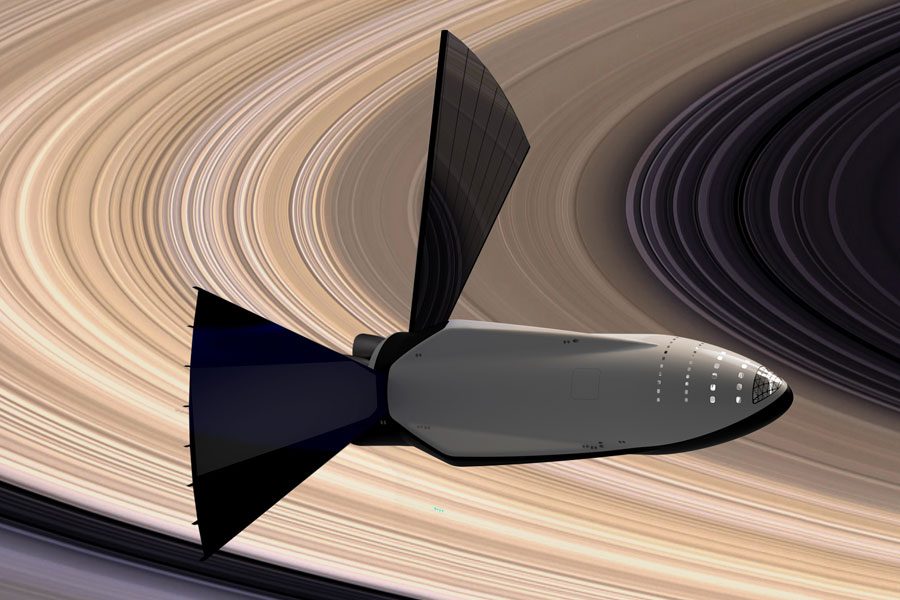SpaceX introduces plan to colonize Mars
An artist depiction of the Interplanetary Transport System deploying its Solar Arrays. SpaceX hopes to begin sending humans to Mars as soon as 2024.
September 28, 2016
SpaceX, a private rocket company founded by billionaire Elon Musk, has already reinvigorated the stagnant space industry. Their advances in using reusable rockets have single-handedly brought down the cost of shipping stuff into space by a hundredfold. Awarded 18 contracts with NASA, their ambitions have already enabled NASA to discontinue using dated Russian engines in favor of brand-new, American produced rocket engines. Their current long-term goal is to create a self-sustaining colony on Mars.
“So, there’s two possibilities for the future of humankind,” entrepreneur Elon Musk said Sept. 27 at a space conference in Guadalajara, Mexico. “Either we stay here on Earth and eventually get wiped out by an extinction event, or we become an interplanetary species.”
SpaceX unveiled the spacecraft that will take humanity to Mars and beyond, dubbed the Interplanetary Transport System. The spacecraft is bigger than the Saturn V, which carried three passengers to the moon, and will send 100 people and 100 tons of cargo on a 90 day journey to the Red Planet. The system consists of three parts; the booster, the fuel tank and the spaceship itself. The booster, named the BFR, or “Big Falcon Rocket,” will launch the main spacecraft, known as the BFS, or “Big Falcon Spaceship” into orbit, before returning and landing for refueling. The booster will then lift a fuel tanker about five times up into space and back down to Earth to refuel the BFS. The BFS will then head off on its 90 day trip to Mars with humans and cargo in tow.
SpaceX hopes to send the first humans to Mars by 2024.







